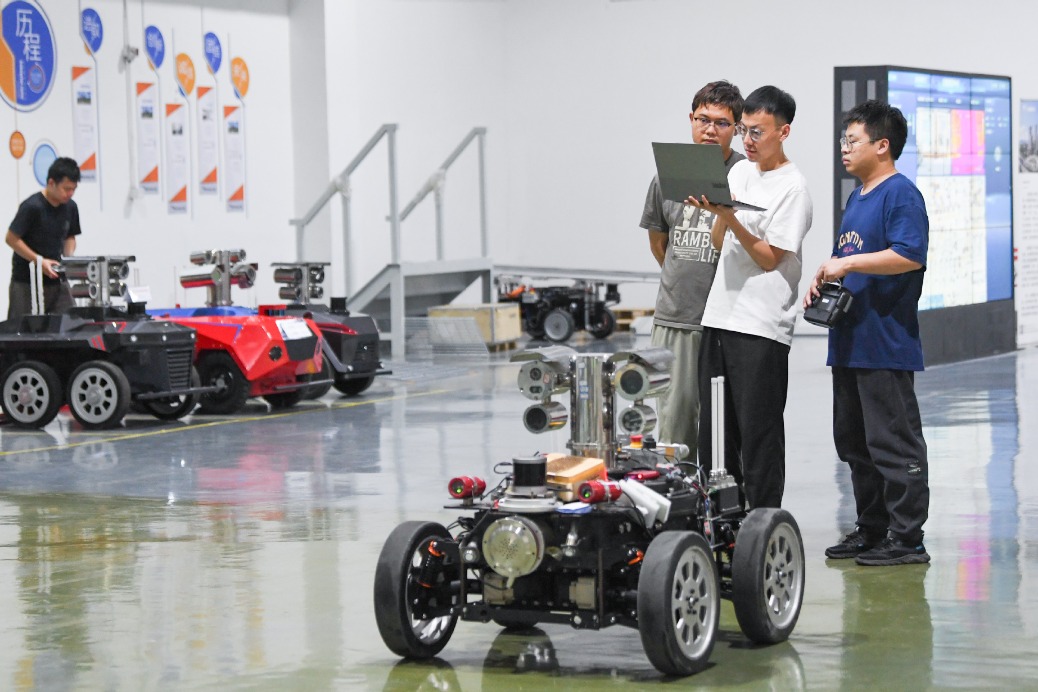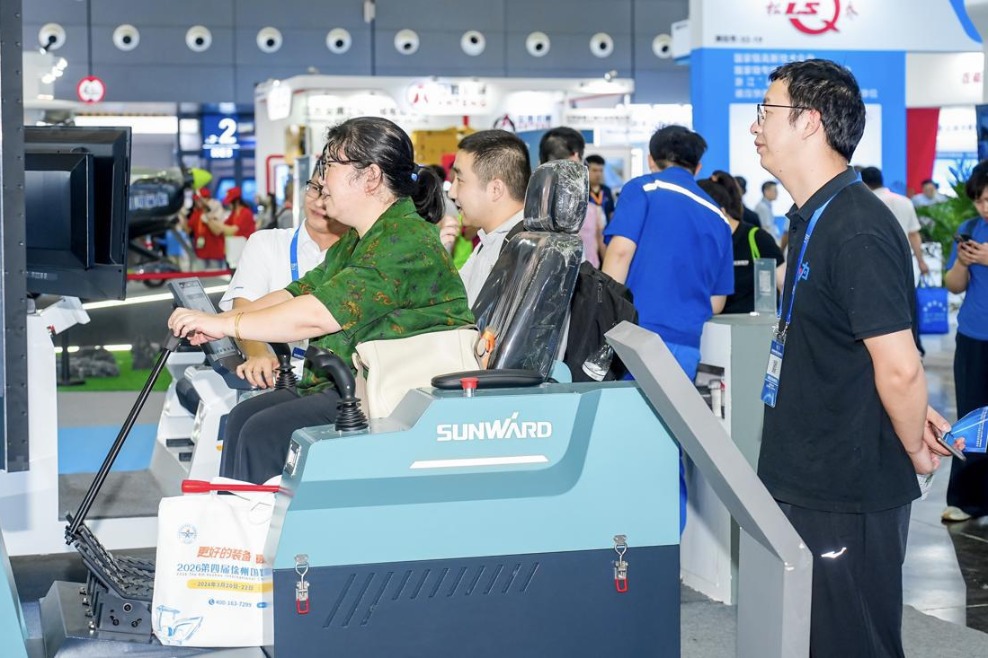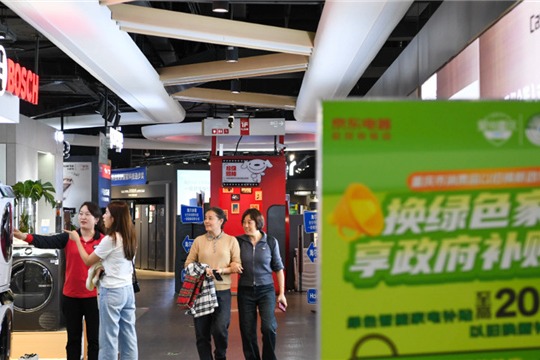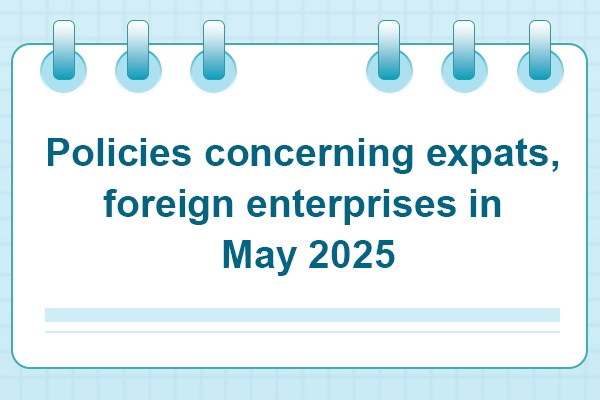Nation still has policy tools to boost growth


China still has space to boost economic growth by using monetary tools, a former central bank official said, and advisers are calling for more measures to prevent external shocks arising from possible "financial decoupling" with the United States.
"Compared with other major central banks of developed economies, the PBOC's balance sheet expanded only moderately, and it has room to further cut the reserve requirement ratio and interest rates," said Zhang Xiaohui, a senior researcher at the China Finance 40 Forum, which engages in finance policy research, and former assistant to the governor of the People's Bank of China, the central bank.
"China still has sufficient policy tools to handle possible shocks," Zhang said at the China Finance 40 Qujiang Forum in Xi'an, Shaanxi province, on Saturday.
The former central bank official said that the fiscal and monetary stimulus measures China has adopted since the COVID-19 outbreak were "moderate" and the government sector's leverage level is still under control.
The central bank has cut the reserve requirement ratio, the amount of cash financial institutions must keep as reserves in the PBOC, three times this year, releasing in all 1.75 trillion yuan ($256.09 billion) of liquidity into the financial system. The last cut was on May 15.
The benchmark lending rate, the one-year loan prime rate, has remained unchanged at 3.85 percent for four months.
Recently, economists said that although the PBOC slowed the rate of loosening monetary policy, it is too early to shift toward a tightening policy as the economic recovery will still require financial support for the rest of the year.
Looking forward, credit easing to spur economic growth and help small and medium-sized businesses should be more "targeted" to avoid too much extra liquidity flowing into the stock and property markets and raising asset prices and financing costs, Zhang said.
"We should be vigilant with any measure that uses property as the tool for economic stimulus," she said.
To rescue vulnerable smaller businesses and save jobs, the monetary authorities have encouraged banks to boost lending and have lowered the major interest rates. Meanwhile, local governments have accelerated bond issuance to support infrastructure investment.
In August, the aggregate financing, a broad measure of financing to the real economy, increased by 3.58 trillion yuan to 276.74 trillion yuan, a 13.3 percent increase over a year earlier, according to the PBOC.
The fast growth of bank loans and government bonds has raised the nation's overall leverage level, the debt-to-GDP ratio. Research from the Chinese Academy of Social Sciences indicated that in the first half of the year, the macro leverage ratio increased to 266.4 percent, compared with 245.4 percent at the end of 2019.
Zhang Xiaojing, head of the Financial Research Institute of CASS, told China Daily that as his team predicted, in the third quarter, the macro leverage ratio may rise at a slower pace or even decline, thanks to the faster GDP rebound, although overall debt will stay at a high level.
A higher leverage ratio usually raises the risks of debt default and deteriorates the quality of banks' assets. Economists at the forum suggested that Chinese financial institutions reinforce capital cushions and conduct stress tests to prevent financial risks.
Decoupling concern
As for the escalated China-US disputes and external uncertainties, policymakers and advisers at the forum showed some concern over financial decoupling of the world's two largest economies. They called for promoting the renminbi's use in cross-border trade, investment and commodity transactions to reduce dependency on the US dollar.
Huang Qifan, an academic counselor at the China Finance 40 Forum and vice-chairman of the China Center for International Economic Exchanges, suggested the renminbi's use be expanded in regions related to the Belt and Road Initiative, mainly by expanding the yuan's settlement arrangements and the currency swap mechanism.
Advancing financial structural reforms and promoting the internationalization of the renminbi would be a part of the country's new development pattern featuring "dual circulation", which takes the domestic market as the mainstay, with domestic and foreign markets connecting and boosting each other, experts said.




































